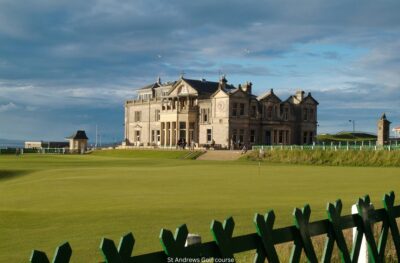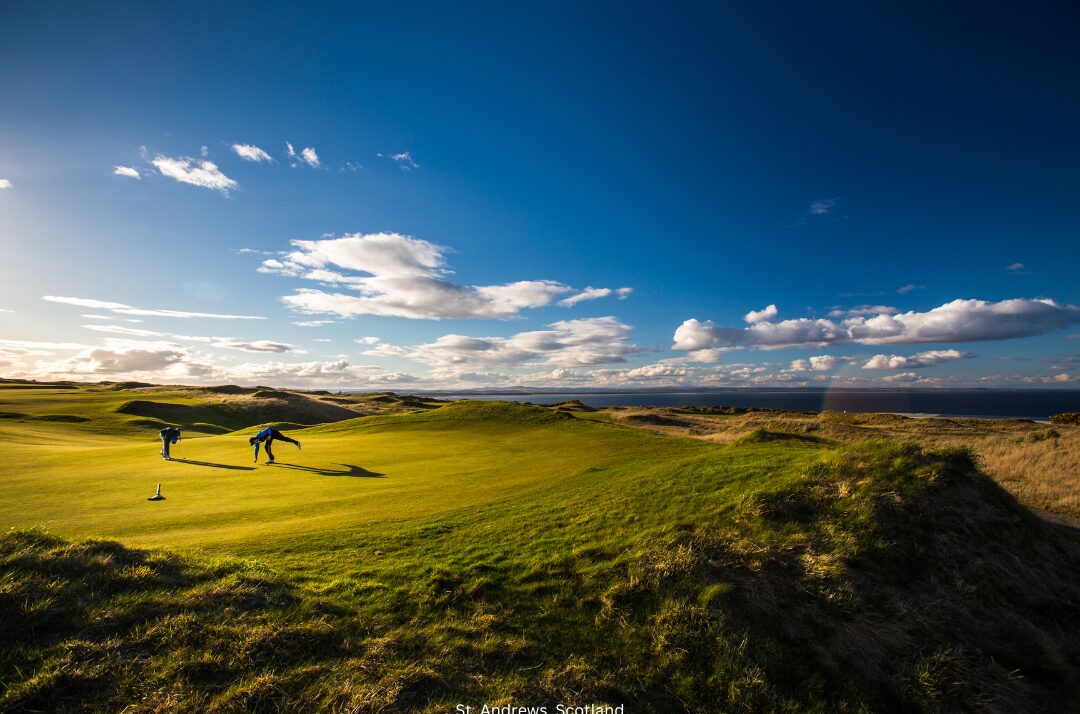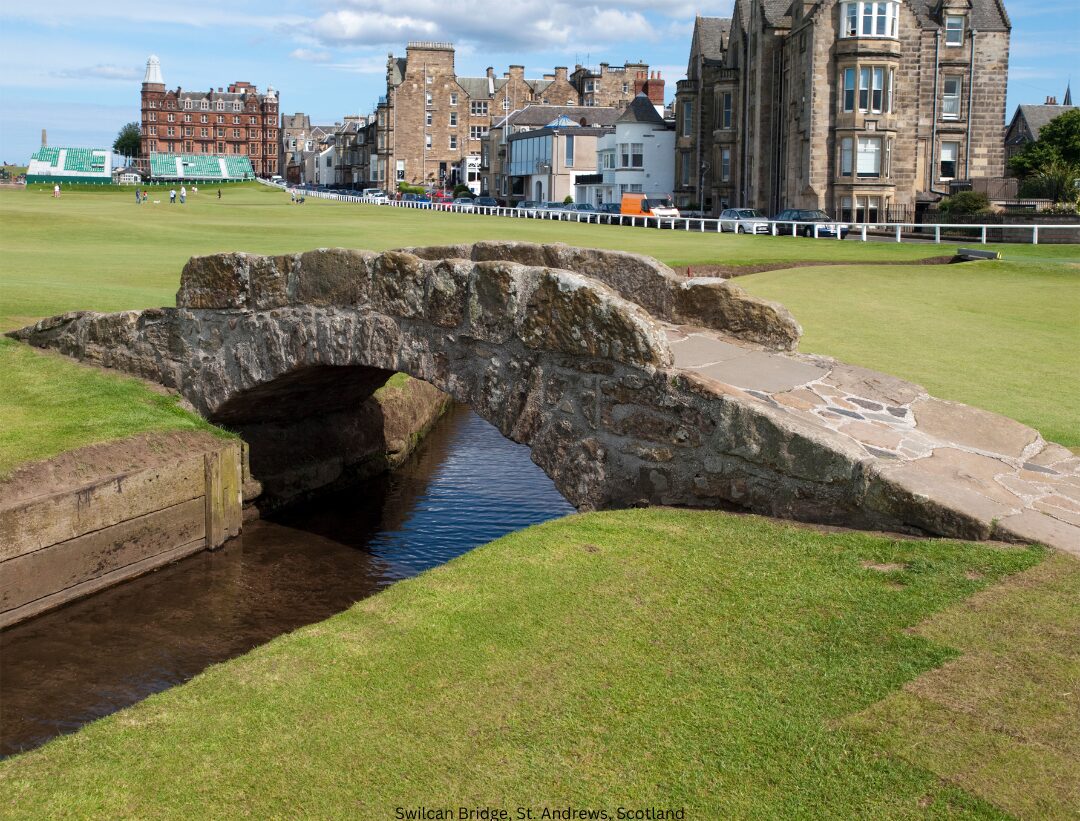Scotland vs. Golf: The 1400s Turf War
 Scotland may be the birthplace of golf, but in the 1400s, the government wasn’t exactly a fan. In fact, they banned it—three times! That’s right, between 1457 and 1491, Scottish kings tried their best to put an end to the beloved game. They believed it was distracting people from something far more important: archery practice. Because, you know, fending off invasions mattered a tiny bit more than perfecting your swing.
Scotland may be the birthplace of golf, but in the 1400s, the government wasn’t exactly a fan. In fact, they banned it—three times! That’s right, between 1457 and 1491, Scottish kings tried their best to put an end to the beloved game. They believed it was distracting people from something far more important: archery practice. Because, you know, fending off invasions mattered a tiny bit more than perfecting your swing.
Golf vs. the Kings
The first strike against golf came in 1457, when King James II issued a royal decree banning both golf and football. His reasoning? Too many able-bodied men were out on the green when they should have been sharpening their archery skills. Back then, military training was mandatory for all males over 12, and Scotland needed a solid army to fend off potential English invasions. But instead of practicing with a longbow, folks were busy hacking away at balls in the streets and churchyards. Not only causing a public nuisance but apparently, a national security risk as well.
James III picked up the anti-golf torch in 1471 and reinforced the ban. When that didn’t quite do the trick, James IV tried again in 1491, making it crystal clear that golf and football were not part of Scotland’s national defense strategy. The law even stated that anyone caught playing could be punished by local barons or royal officers.
 Why Was Golf Such a Problem?
Why Was Golf Such a Problem?
Aside from distracting would-be soldiers, golf was being played in less-than-ideal locations. Churchyards, streets, and other public areas were common golfing grounds, leading to broken windows, angry townspeople, and likely a fair amount of cursing. Parliament deemed the game not only “unprofitable” but also a hazard—probably because dodging rogue golf balls wasn’t an official military skill.
The Great Golf Comeback
Despite these repeated bans, golf remained popular. Let’s be honest—when has telling people not to do something ever worked? The sport lived on in defiance until 1502, when King James IV had a change of heart. With the signing of the Treaty of Perpetual Peace between Scotland and England, military training became less urgent, and suddenly, golf wasn’t such a threat to national security. In fact, James IV himself took up the game, proving that even a king couldn’t resist the call of the links.
 Golf Always Wins
Golf Always Wins
Looking back, it’s amusing to think that golf—a sport now played at some of the world’s most prestigious courses—was once considered a dangerous distraction. Yet, despite multiple bans, threats of punishment, and disapproving monarchs, golf survived. And today, Scotland proudly embraces its reputation as the home of the sport. So the next time you shank a shot into the woods, just remember—you could have been arrested for that 600 years ago.


